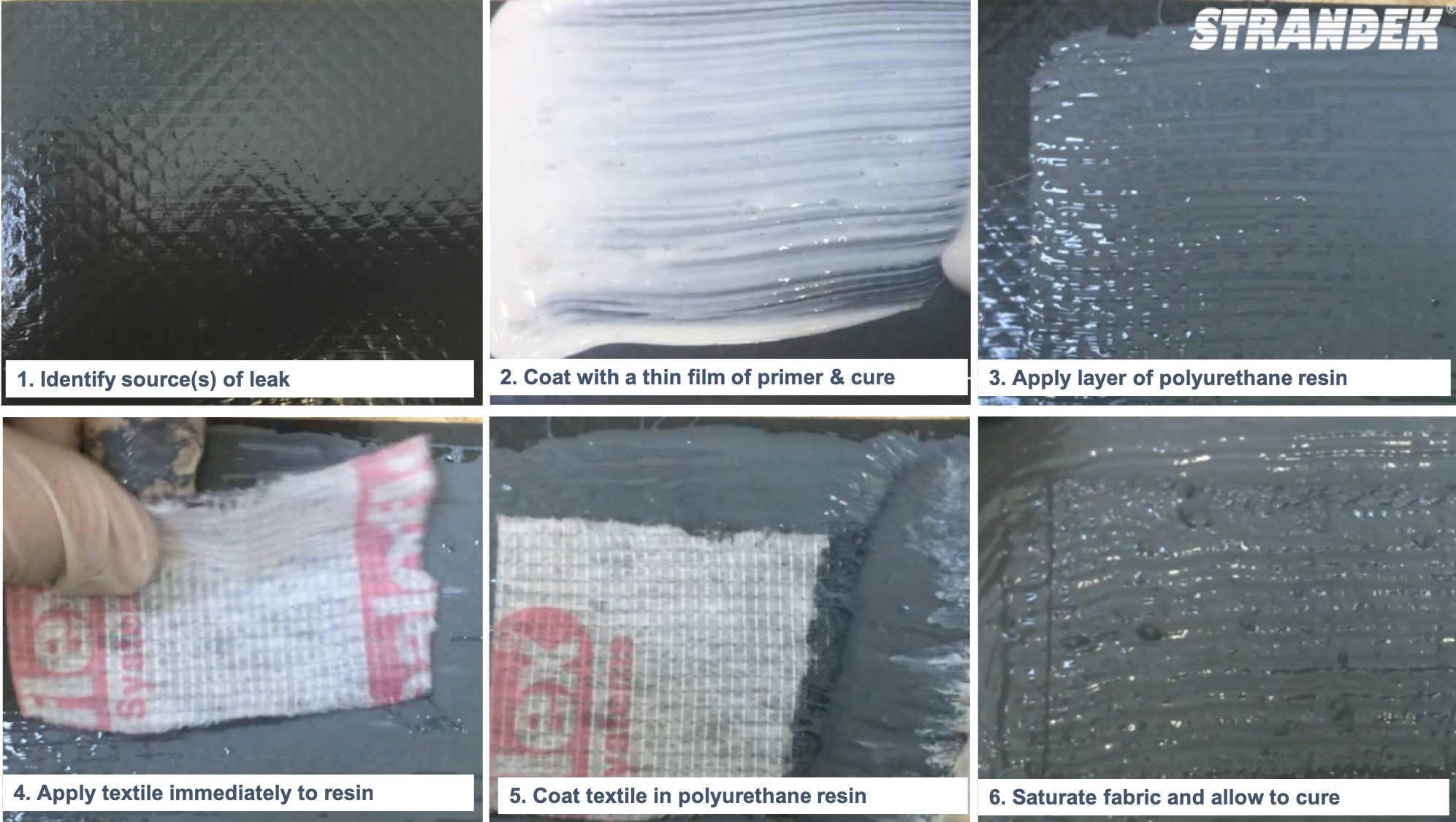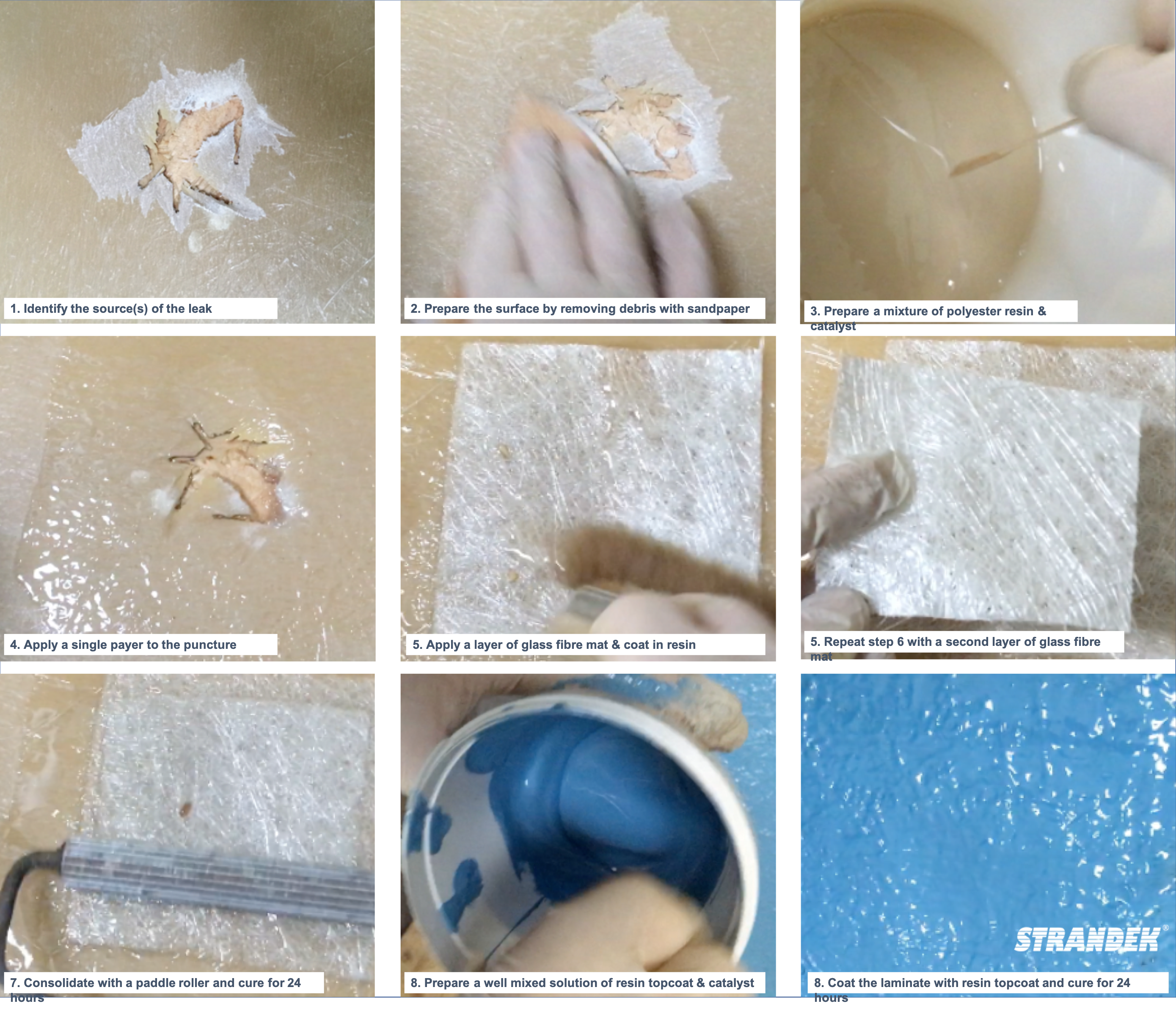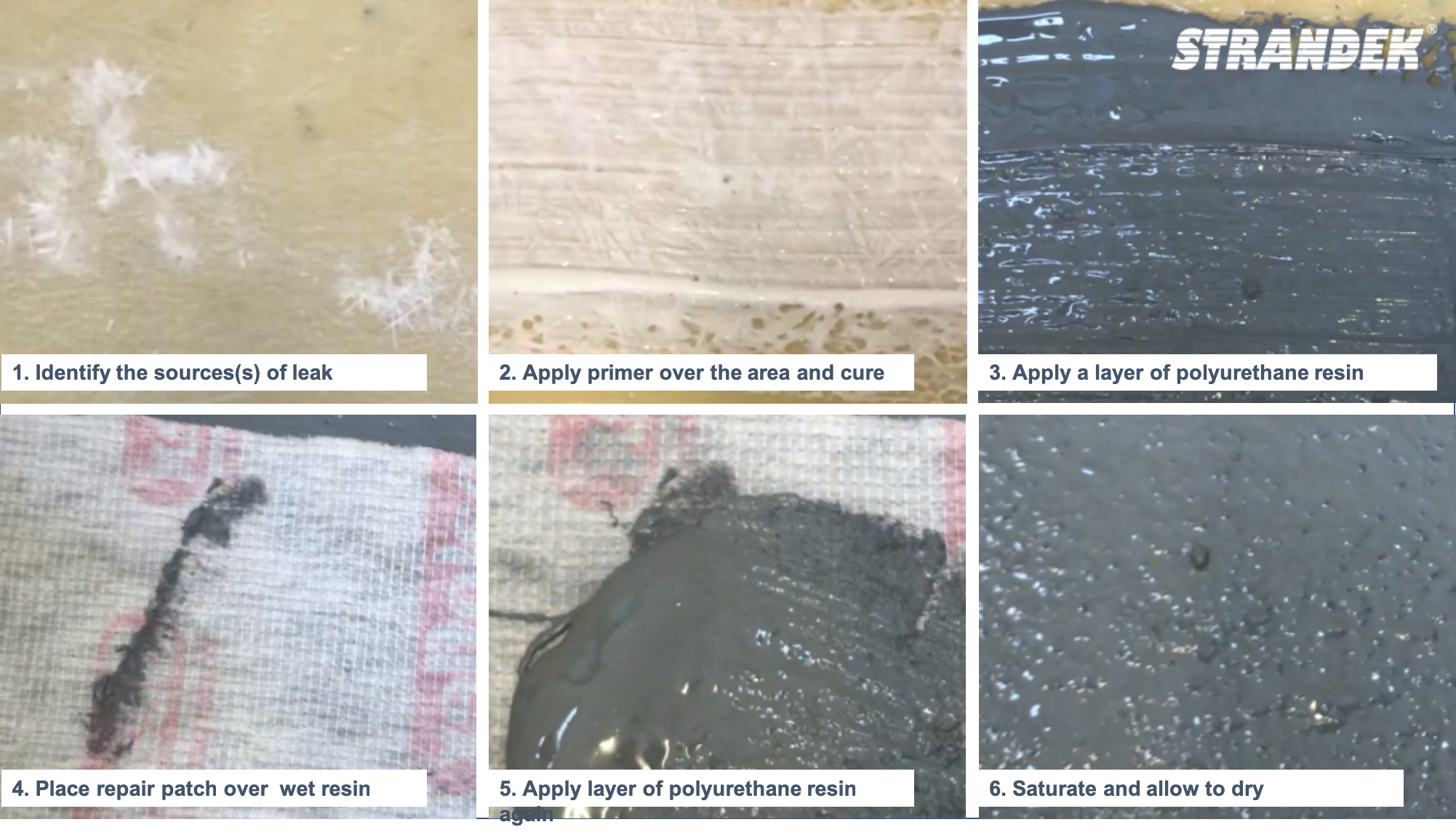FREQUENTLY ASKED QUESTIONS (FAQS) REGARDING LEAKING FLAT ROOFS
If your flat roof is leaking, it’s likely that a portion of it is being exposed to rainwater. We’ve identified some of the reasons for this below, which might help you undertake identify the source of the leak and undertake repair work yourself.
Note: Before undertaking any work, we advise you to carefully consider the health and safety aspects of such work – working at height is dangerous and care should be taken. If you need a hand in identifying and finding a leak, let us know on 01633 250652.
Q: Are my gutters blocked?
A: If your flat roof is leaking often near the gutters, and if you’ve neglected cleaning and maintenance (leaf and debris removal), then it’s likely that the source of the leak could be the gutters themselves. Blockages prevent effective rainwater drainage and could cause it to overflow into the adjacent roofing structure.
We recommend you inspect and if possible, unblock your gutters. Thereafter, let the roof dry out and check for a leak the next time it rains. If this doesn’t fix the leak, you might require an inspection of the flat roofing structure itself.
Q: Is my lead flashing leaking?
A: Lead flashing that has been poorly installed or has begun to peel due to age can allow rainwater to get inside the roofing structure. It is designed to protect the interface between the roof and the wall, or any other junctions. When inspecting lead flashing, look out for any peeling, gaps or deformities in the flashing.
How to replace my lead flashing: Replacing your lead flashing can be achieved quite easily – we recommend premium brands are they provide more durable, long-term protection.
Q: Has my flat roof been punctured or is there a tear in the membrane?
A: If an object has been dropped, if you’ve had heavy footfall or if workmen (e.g. window cleaners) have placed a ladder on your flat roof, particularly if it’s an older system, then you can expect a leak.
Flat roofs likely to tear: apart from aging flat roofing substrates, single ply systems are most susceptible to tearing, particularly mechanically fixed versions without fleece backing. In such instances, a leak detection system is recommended because single ply flat roofing leaks are notoriously difficult to locate.
How to repair: if you can identify the leak in your single ply flat roof, purchasing a small patch that exceeds the surface area of the tear is recommended. Follow manufacturer’s instructions to implement the repair if using single ply. However, in most cases, a colour-matching liquid-applied polymer could be used like polyurethane, as we provide in some tips on repairing single ply with polyurethane:

Key recommendations:
- Ensure that environment is dry – avoid rainfall before, during and after this work.
- Prepare the surface to maximise resin adhesion
- Dry the surface to remove surface moisture and dampness
- Remove any debris in advance (e.g. dirt etc).
Flat roofs most likely to puncture: older flat roofing systems and those without adequate support decking are the most likely to fail. A quick survey of the surface could identify the source of the leak. In such instances, we advise you to check the condition of the insulation and structural decking to avoid rot and breakdown from water ingress. If appropriate, you to patch up the leak using GRP or another liquid-applied coating. We provide instructions for two instances:
- How to repair a puncture or hole with glass fibre (also known as fibreglass)
The following is a basic description of how to repair a punctured flat roofing membrane. This uses glass fibre (also known as fibreglass or GRP) to repair the leak. Please note that these are only guidelines and that manufacturer’s instructions should be followed at all times. The surface should also be adequately prepared to ensure that it is dried out and any debris has been removed.

- How to repair a puncture or hole with polyurethane (a form of liquid-applied polymer):
The following is a basic description of how to repair a punctured flat roofing membrane using polyurethane resin to repair and waterproof the leak. Please note that these are only guidelines and that manufacturer’s instructions should be followed at all times. The surface should also be adequately prepared to ensure that it is dried out and any debris has been removed.

Q: When do I need a new flat roof?
A: There are two scenarios here:
- If the membrane (e.g. older felt, asphalt, bitumen or GRP, etc) has degraded, but your decking and insulation are still in good condition based on a core sample that indicates an absence of rainwater damage, then we recommend an overlay. Overlay installations essentially ‘cap’ the existing membrane after surface preparation. With this system, the degraded membrane sanded back, but not removed to comply with building regulations Part L1B (LINK: https://www.gov.uk/government/publications/conservation-of-fuel-and-power-approved-document-l). Then, a new membrane is applied – this could be glass fibre, single ply or polyurethane – or any other membrane. The new waterproofing membrane should come with a full range of guarantees, providing your roof with the same protection as a new flat roof, but at a fraction of the cost.
- If damage has occurred to the internal roofing structure, we almost always recommend you consider a new flat roof. Damaged insulation risks severely compromising the thermal efficiency of your property. Secondly, weakened wooden decking could impact the structural attributes of your building and put inhabitants in danger. As such, we recommend a new flat roof built from a system that compliments your requirements and budget. We are able to install and provide a range of guarantees on glass fibre, single ply and polyurethane.
